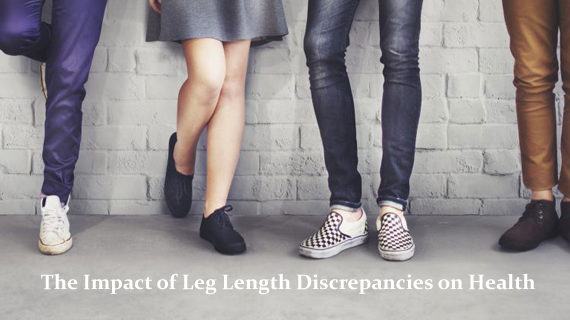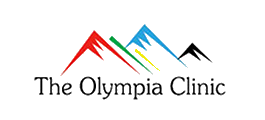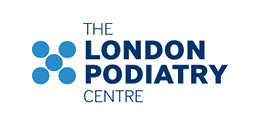
The Impact of Leg Length Discrepancies on Health
When there is a difference in the length of the legs, it is called a leg length discrepancy. If the difference is large enough it will effect the way a person uses these limbs. When a discrepancy is present from birth, the parents may notice an effect on the way a child walks and at times there is a noticeable limp.
Common Causes of Leg Length Discrepancies
A limb length difference is normal and present in all of us. This is because of the difference between the two sides of the body. The tibia and femur are the bones involved in this difference. Growth plates are located between the widened parts of the shaft and end of the bone. When the growth plate gets damaged the bone will have an increased (or decreased) growth rate compared to the one at the other end.
The most usual cause is an injury that heals with the bone in a shortened position. This will lead to the shortening of the bone. For children, the broken bone might grow faster for many years. This will make the bone longer than the one on the other leg. Most children with thighbone fractures have this condition. The bone may be broken in many places leading to a shortening of the leg. Another cause may be a bone infection in growing children. Bone diseases can cause leg length discrepancies including neurofibromatosis, Ollier disease, and multiple hereditary exostoses. Neurological conditions could also contribute to this ailment. Conditions that cause inflammation in the joints, such as juvenile arthritis, could also be a reason.
Symptoms of the condition
The difference in the lengths of the leg is not too much for most of us. Those who have A 3-4% difference will limp noticeably. Since they can only walk with an effort, they tire easily. They are likely to have lower back pain. They are also susceptible to injury.
Physical Examination and Diagnosis of a Leg Length Discrepancy
A physical check will reveal the difference. The complete examination by the doctor will involve many tests, including:
Gait analysis: The way the person walks and sits will show any leg length discrepancy. Children will walk on their toes or flex their knees to compensate for the difference in lengths. The doctor will usually measure the discrepancy. He will place a block under one leg. If the person can stand straight then he measures the size of this block.
Imaging studies: Another way to know and measure this discrepancy is to do imaging tests. X-ray studies show the images of the bones. The actual measurement of the lengths on this will show the discrepancy. Scanograms use a special type of X-ray with three images along with a ruler to measure the length of the bones.
Computerised tomography tests: This gives a detailed image of the bone and soft tissues of the leg. The doctor will recommend a variety of treatments depending on the size of the discrepancy. Some of them are nonsurgical while others might involve surgery.










